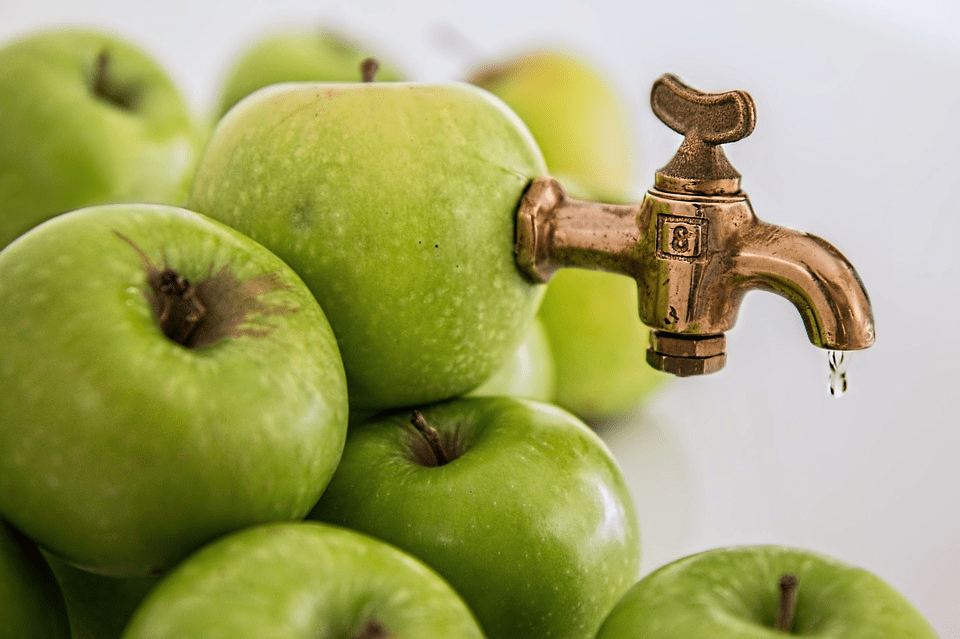Sarah Stano et al, at the obesity nutrition research center, Columbia University, New York, have recently published an Excellent new study in SOARD journal. The authors evaluated the effect of meal size and texture on gastric pouch emptying as well as GLP-1 secretion following gastric bypass surgery.
32 gastric bypass patients were prospectively enrolled and randomized to either liquid or solid 600 kcal meal administered as one meal or three 200 kcal meals at 2-hour interval. 21 patients were re-tested one year after gastric bypass surgery. The authors conclude that gastric pouch emptying increases after gastric bypass surgery but it is not affected by meal texture. Meal texture, however, as well as meal size have a significant effect on peak GLP-1 and insulin secretion.
This is a very interesting study that reinforces the robust evidence we currently have about weight loss surgery mechanism of action. Both gastric sleeve and gastric bypass surgery increase gastric emptying and post-prandial GLP-1 secretion. Weight loss procedures like gastric balloon and endoscopic sleeve gastroplasty that delay gastric emptying do not alter GLP-1 changes and do not result in significant and durable weight loss.
Furthermore, the study demonstrates that liquid meals result in higher post-prandial GLP-1 level following gastric bypass surgery when compared to isocaloric solid meals. This finding is independent of gastric pouch emptying rate. GLP-1 is secreted by mucosal neuroendocrine cells called L cells. Liquid meals cover a larger number of L cells at higher rate and higher nutrient concentration than solid meals leading to higher GLP-1 secretion. Such discrepancy in GLP-1 secretion between liquid and solid meals is not found with regular gastric emptying. Dumping is prevented by several gastric emptying mechanisms that remain poorly understood. A form of dumping is, however, maintained via the Magenstrasse emptying pathway. Magenstrasse gastric emptying channels liquids from the gastric fundus into the antrum and through the pylorus directly into the duodenum. This pathway controls neuroendocrine cell stimulation and secretion of several hormones including GLP-1. Such control plays a central role in glucose homeostasis, insulin resistance, and energy metabolism. Loss of the Magenstrasse emptying pathway results in obesity and type diabetes. Bariatric surgery in the form of gastric bypass and gastric sleeve surgery restores gastric dumping. In the case of gastric bypass surgery, dumping is exaggerated and higher than normal GLP-1 secretion has consistently been demonstrated. In rare cases, patients develop postprandial hyperinsulinemic hypoglycemia after gastric bypass surgery. Such cases further illustrate the important role gastric emptying plays in glucose homeostasis.

